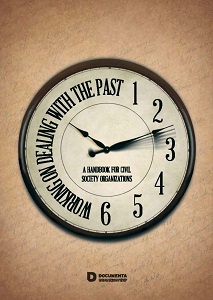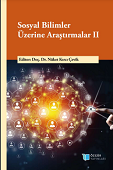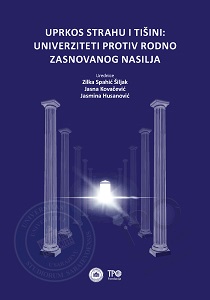
Otvaranje i popularizacija: Muzej 25. maj i transformacija prostora Dedinja
The Museum of May 25 was erected at Dedinje in 1962 and it was the first public building in this, until then exclusive Belgrade neighborhood. As the center of the ritualization of the Day of Youth and spacing of the ideology of the Yugoslav socialism, the museum was just a part of an ambitiously designed whole. In ideological and performing cooperation with the Stadium of the Yugoslav People’s Army nearby, surrounding parks and free space, as well as with the residential complex where Josip Broz Tito lived, the Museum of May 25 was an extremely functional narrative of the new ideological matrix in the old area of Dedinje and Topčider marked by the removed seat of the ruler. However, despite the multiple connections to the traditional pattern of representing political power - concerning the topos, architecture and iconography – the Museum of May 25 re-marked the Dedinje and Topčider area and partly democratized them for the first time in history. After Tito’s death the process of opening and popularization of this area started losing its importance. However, during the last two decades, the new political and ideological context brought about not only the change of the name, the purpose and the importance of the museum compound, but also triggered off a reversible process of repeated closing and fencing-off of Dedinje. The area preserved and fortified the meaning of a removed ruler’s center and of representation of power, but notits populist and democratic character.
More...













